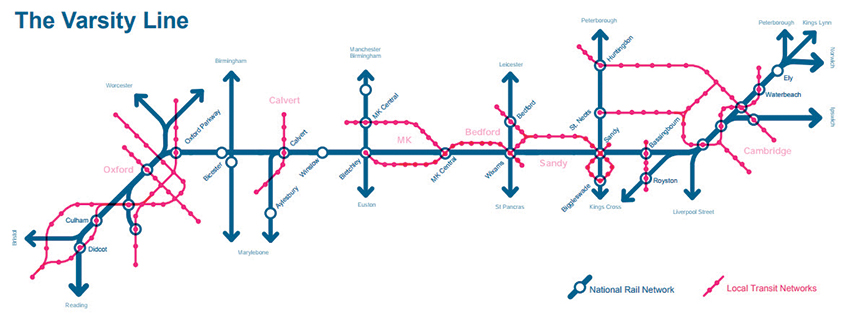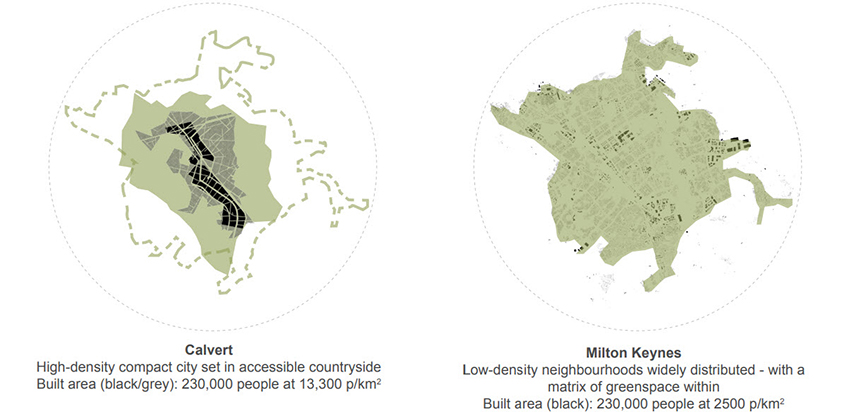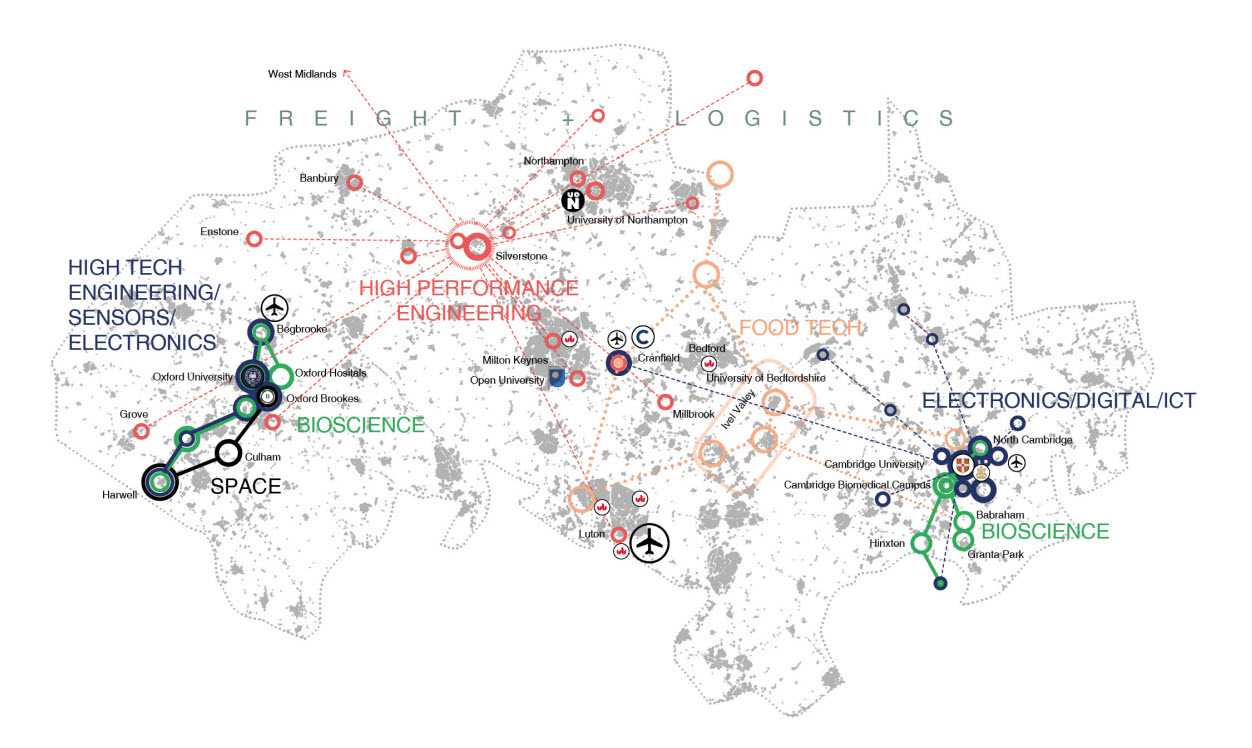The National Infrastructure Commission has launched its blueprint for how new homes and infrastructure could house an extra 1.9m people across the Cambridge/Milton Keynes/Oxford “growth corridor”, or “brain belt” as it is now being referred to.
With the Budget just five days away, it is a call to government to act on its recommendations “to maximise the potential of the area as a single, knowledge-intensive cluster that competes on the global stage”.
Central to the recommendations to enable a joined up approach around infrastructure and housing are a new east-west rail line, as well as a new expressway, connecting Oxford and Cambridge, and two new compact cities.

The first city is Bassingbourn, a site owned largely by the Ministry of Defence 10-15 miles south-west of Cambridge. The other is Calvert. Like Bassingbourn it will be on the east-west rail line, it will also be at the junction where it meets HS2. A town of 230,000 people is envisaged here at 13,000 people per sq km. Milton Keynes has the same population, but 2,500 people per sq km.
Calvert will be built around public transport, rather than the car. The report says: “For all of its successes, Milton Keynes is a product of its time: a sprawling, low-density, car-oriented city.”

The study presented to government envisages a rate of delivery of between 23,000 and 30,000 homes per year, which, with a time horizon to 2050, equates to a population increase of 1.4m to 1.9m people in the area.
The corridor is bookended by two world-class universities and contains a fine grain of research locations and educational institutions as well as nine of the UK’s top 100 high-growth tech firms.
The report says the 18-month long study “is intended as a starting point for planning authorities to develop a co-ordinated corridor-wide vision, within which their own plans can be related”.
In terms of governance, the NIC recommends “an overarching spatial framework”, that should be “developed collaboratively by authorities across the corridor”.
The NIC is consulting on options for how governance arrangements might be developed or reformed to support greater cross-corridor collaboration and joint-working, in particular with respect to infrastructure investment.
Lord Adonis, chair of the National Infrastructure Commission, said: “There is a deal on offer here, which is that government puts in serious investment to transform rail and road links, in return for which the local authorities agree to double the rate of housebuilding, and build new towns in suitable and environmentally sustainable locations.”
The site covers 22 council districts and is heavily Conservative. With next week’s Budget on the horizon the question is, will the government run the risk of upsetting its core voters and push through measures to seriously increase the rate of housebuilding, as recommended by the NIC?
To send feedback e-mail paul.wellman@egi.co.uk or tweet @paulwellman eg or @estatesgazette











